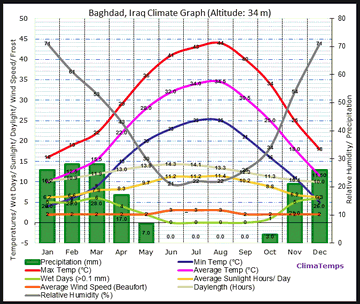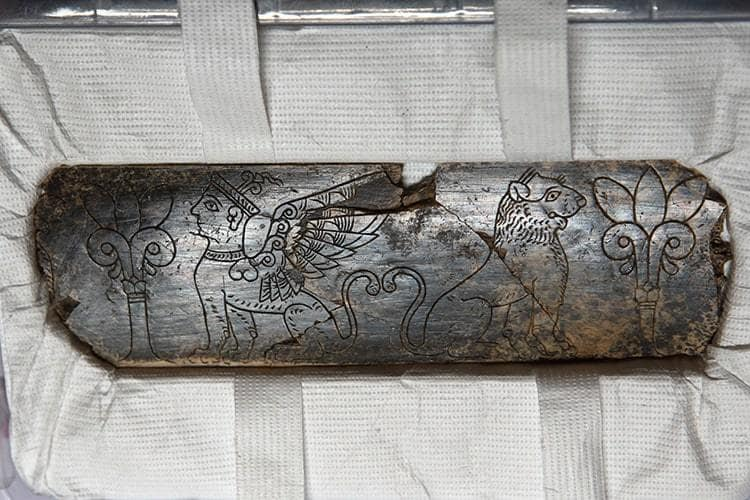Every year, in Dec/Jan, Sirius reaches its highest point in the night sky. Sirius is so bright in the northern skies that it might appear to twinkle and flash red and blue...
In the standard Mesopotamian calendar, each month has two names — Sumerian and Akkadian ones...
For each of the months, the deciphering of the names and the main rituals of each period are known from a document called "Astrolabe B". It was compiled in the city of Ashur, and the oldest part dates to the 15th-14th c. BC. Currently in the Pergamon Museum in Berlin...
For the 10th month, ab-ba-e3, Dec/Jan Astrolabe B says:
The great feast of Heaven (is held)". Means: Winter solstice, the sun is reborn...
And
"The month of great brilliance of Ishtar"???? Means: The month when Sirius is at its highest and brightest in the night sky...
I know what you are going to say...Ishtar is Venus!!! See, if Ishtar is Venus, like most people (including Mesopotamians) believe she is, this makes zero sense...But if Ishtar is Sirius...Like I have been saying for a while...
For those who will say "Ishtar was the morning star", yes she was, in Leo (Jul/Aug), when Sirius rose in the morning before the sun...Which is why Ishtar stands on a lion (with the sun above the lion) and is known as "The Lioness of heaven"...
Just in case you can't see Sirius in Leo...On this Achaemenid seal discovered, on the northeastern coast of the Black Sea, the goddess Ishtar is represented as mounted on a lion and surrounded by "divine radiance" 🙂, appearing before a Persian king...
Still not convinced? For the 5th month, Abu, Jul/Aug (The hottest time of the year in the northern Hemispher) Astrolabe B says:
"The month of fire. In the sky the Arrow of Ninurta (= Sirius)"...
Here is "Astrolabe B"...
Why the month of fire?
Nergal, the deified destructive "burning" sun, was depicted holding a double lion sceptre or as a lion man.
This is because Jul/Aug, Leo, is the hottest and driest part of the year in Mesopotamia...Talked abut him in my post "Winged superhuman hero" and many other posts...
Anyway, Interesting, that in Jul/Aug, Astrolab B mentions Sirius but not Ishtar...But in "Babylonian Menologies and the Semitic Calendars" we can read this very interesting footnote:
Which makes no sense at all...
The Bow Star was identified with Ishtar as goddess of war...When the Bow Star rose in Abu (Jul/Aug) there was an lshtar festival...But there seems to be a lot of confusion with what the Bow Star was...
The Bow Star which is Canis Major "excluding Sirius". WHY? Why exclude the brightest star of the constellation and associate this and not Sirius with Ishtar?
Also
Since Spica was also identified with Ishtar, the Bow Star sometimes means Spica, and also Ishtar's planet Venus...
To me this seems like they were desperately trying not to identify Ishtar with Sirius...The most obvious candidate for the "Morning Star" of Ishtar which rises with the sun during the month of fires...
When did they forget the meaning of their own holy images and texts?
Anyway, you might find this article interesting. It analysis calendar markers contained in the epic "Inanna and Šukaletuda" which all point at this epic depicting Inanna as Sirius and not Venus...
Also, I talked about Mesopotamia-Egypt, Lioness-War Goddess-Sirius link in my article "Sphinx" which explains why sphinxes have lion bodies...










No comments:
Post a Comment